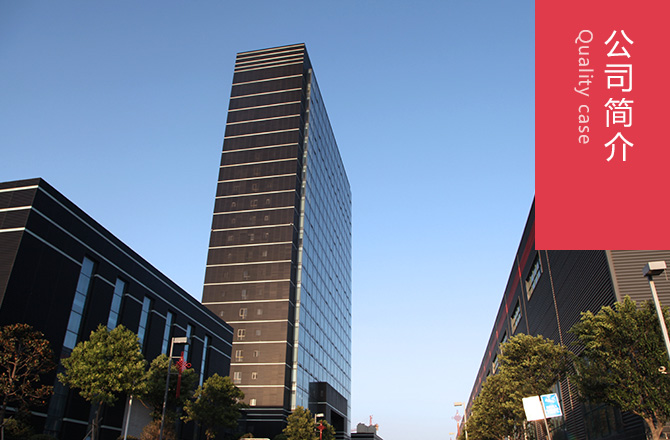The Foundation of Strength: A Comprehensive Guide to Concrete Aggregates
Concrete, the most widely used construction material on the planet, derives its formidable strength and durability not just from cement, but from its unsung hero: aggregate. Comprising 60% to 80% of a concrete mix’s volume, aggregates are far more than mere filler. They form the rigid skeletal structure that gives concrete its compressive strength, significantly influence its long-term performance, and impact its economic and environmental footprint. Selecting the right aggregate is therefore a critical decision in any construction project.
Classification and Types of Aggregates
Aggregates are broadly categorized based on their size, source, and weight.
By Size:
- Fine Aggregate: Typically natural sand or crushed stone with particles smaller than 4.75 mm (No. 4 sieve). Fine aggregate fills the voids between coarse aggregate particles, enhancing the workability of the fresh concrete and contributing to the cohesiveness and finish of the hardened product.
- Coarse Aggregate: Consists of gravel, crushed stone, or recycled concrete with particles generally larger than 4.75 mm and ranging up to 37.5 mm or more for large-scale structural elements. Coarse aggregate provides the bulk and strength, bearing most of the load within the concrete matrix.
By Source and Weight:
- Normal-Weight Aggregates: These are the most common, sourced from natural deposits of sand and gravel or by crushing bedrock like limestone, granite, or trap rock. They produce concrete with a density of approximately 2400 kg/m³.
- Lightweight Aggregates: Manufactured from materials like expanded clay, shale, or slate, these aggregates are porous and light. They are used to reduce the dead load of a structure, improve thermal insulation, and enhance fire resistance.
- Heavyweight Aggregates: Made from high-density materials such as barite, magnetite, or steel shot, these aggregates are used in specialized applications like radiation shielding for nuclear power plants or hospital radiology rooms.
The Ideal Aggregate: Key Properties for Optimal Performance
A high-quality aggregate must possess a specific set of characteristics to ensure the resulting concrete is strong, durable, and workable.
Gradation (Particle Size Distribution): This is arguably the most important property. A well-graded aggregate has a balanced distribution of particle sizes from largest to smallest. This optimal packing minimizes the volume of voids between particles that need to be filled with cement paste. The result is a denser, stronger, and more economical concrete mix requiring less cement and water.
A poorly graded aggregate—either lacking in certain sizes (gap-graded) or having too many particles of a similar size (uniformly graded)—leads to excessive voids, reducing strength and increasing permeability.
Cleanliness and Soundness: Aggregates must be free of deleterious substances such as clay lumps, silt, organic matter, and chemicals. These impurities can interfere with the chemical bonding process of cement hydration, leading to weak points and potential failure. Soundness refers to the aggregate’s ability to resist weathering actions like freezing and thawing without disintegrating or expanding excessively..jpg)
Shape and Surface Texture:The physical form of aggregate particles plays a significant role in workability and strength.
- Cubical or spherical particles are ideal as they provide good workability with lower water demand.
- Flaky or elongated particles are undesirable as they can create an internal “bookkeeping” effect , making the concrete harsh and difficult to compact , while also increasing water requirement.
- A rough surface texture, as found in crushed stone , improves the mechanical bond with the cement paste , potentially increasing compressive strength . A smooth texture , like that of river gravel , can enhance workability .
Abrasion and Skid Resistance:: For concrete surfaces subjected to heavy traffic , such as pavements or industrial floors ,the hardness of coarse aggregate is critical . Hard aggregates like trap rock or quartzite provide excellent resistance to wearing action . The surface texture also contributes significantly skid resistance .
Sustainability: The Rise Recycled Aggregates
In an era focused on sustainable construction practices recycled aggregates have gained prominence These are primarily derived from processed construction demolition waste such as old concrete rubble bricks Using recycled concrete aggregate RCA reduces landfill waste conserves natural resources lowers transportation energy However engineers must carefully assess RCA properties as it may have higher absorption lower density potentially contaminant requiring proper processing quality control before use successful application structural non-structural elements alike
Conclusion
The choice good aggregate for concrete complex multifaceted one extending beyond simple cost per ton Understanding fundamental properties gradation shape cleanliness enables engineers contractors design produce superior concrete meets specific demands project longevity resilience sustainability By giving due consideration humble yet indispensable component we build structures stand test time literally upon solid foundation




